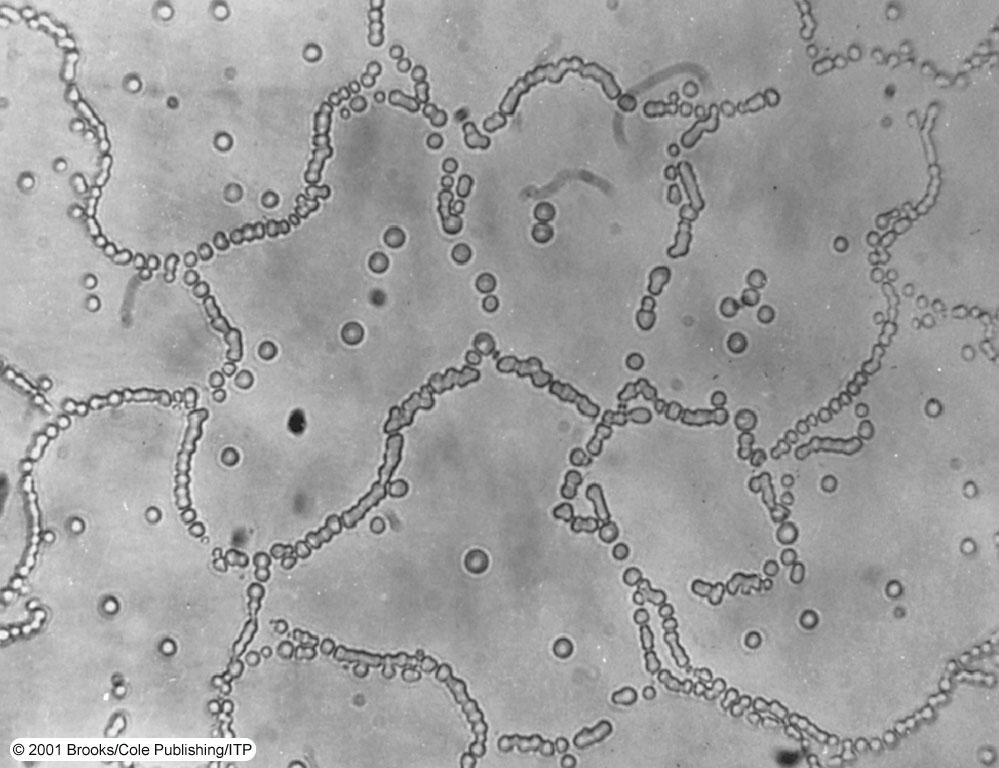The Origin of Life
The oldest known undisputed fossils are roughly 3.5 billion years old. Steranes (molecular fossils containing organic carbon)found in Greenland suggest that life was present 3.8 billion years ago. In the chapter on evolution we described how life evolved on the planet. However, the theory of evolution only describes how life evolved once it was present on Earth not how life came to be. Although we may never trully know the origin of life on Earth, numerous studies have been able to provide possible mechanisms that naturally produce the components of life through abiogenesis--the creation of life from nonliving matter. Today's biosphere contains millions apon millions of species each of which can be grouped into one of six kingdoms: archaea, bacteria, fungi, protists, plants, and animals. Fossil evidence from earth's oldest rocks suggest that only archaea and bacteria were present in Archean time.
Understanding how life came to be on earth requires us to understand, or at least define, what life is. How can the living be distiguished from the non-living? This may seem like a trivial question but if life originated from the non-living then there must have been some prebiotic stage where an organism had signs of life but was not truly alive. When dealing with large complex organisms distinguishing the living from the non-living is a relatively simple process however as organism become simpler and simpler this distinction becomes increasingly more difficult. The theory of evolution explains how organisms would become more complex overtime therefore as we look back in time to explain the origins of life we must be able to identify the more simple organisms.
 |
Microspheres produced through spontaneous accumulation of protenoids |
The simplist definition of living may be the ability to metabolize and reproduce but even with this definition it is still difficult to determine whether something is alive or not. Take for example microspheres, a simple organic molecule that forms spontaneously in protein rich solutions. Microspheres grow through the addition of more proteins and they also divide like living cells. Are microspheres alive? Viruses are another example that highlights the difficulty in defining life. Outside of host cells virus do not metabolize or reproduce therefore would not be considered to be alive but once in a host cell they behave as if living.
If life originated by abiogenesis, it must have passed through some sort of prebiotic stage. However, it should be understood that this process most likely involved several small steps, each leading to an increase in organization and complexity.
